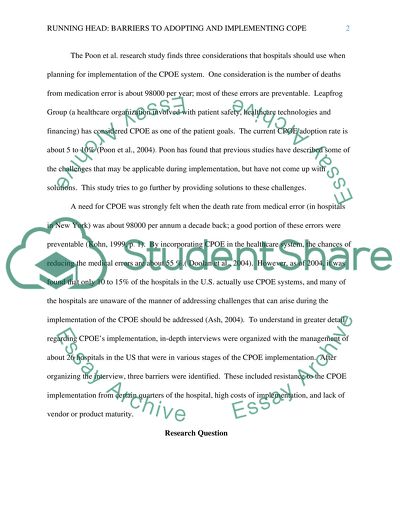Cite this document
(“Overcoming Barriers to Adopting and Implementing Computerized Essay”, n.d.)
Retrieved from https://studentshare.org/information-technology/1436636-overcoming-barriers-to-adopting-and-implementing
Retrieved from https://studentshare.org/information-technology/1436636-overcoming-barriers-to-adopting-and-implementing
(Overcoming Barriers to Adopting and Implementing Computerized Essay)
https://studentshare.org/information-technology/1436636-overcoming-barriers-to-adopting-and-implementing.
https://studentshare.org/information-technology/1436636-overcoming-barriers-to-adopting-and-implementing.
“Overcoming Barriers to Adopting and Implementing Computerized Essay”, n.d. https://studentshare.org/information-technology/1436636-overcoming-barriers-to-adopting-and-implementing.


